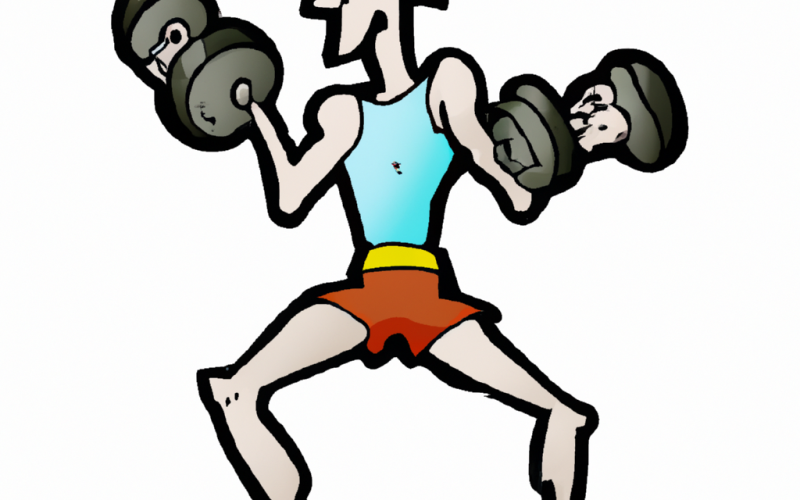Glute growth, like the development of any muscle group, is often a product of dedicated training, consistent nutrition, and genetics. Many individuals embark on fitness journeys with a keen focus on enhancing their glutes, only to question when they will start seeing noticeable results. This article delves into the factors influencing glute growth and how long it typically takes to see visible changes.
Factors Influencing Glute Growth
1. Starting Point
Beginners might notice changes faster than those who have been training for a while due to the initial adaptations the body undergoes in response to new stimuli. This phenomenon, often termed ‘newbie gains’, can be encouraging but tends to plateau as one progresses.
2. Training Regimen
The intensity, frequency, and type of exercises performed play a critical role in muscle development. Compound movements like squats and deadlifts engage multiple muscle groups, fostering more significant growth.
3. Nutrition
Building muscle requires a caloric surplus and adequate protein intake. Those who prioritize nutrition in line with their fitness goals will likely see faster and more sustainable results.
4. Genetics
Genetics can dictate how quickly an individual builds muscle and where they tend to store fat. Some people might have a genetic predisposition that allows them to develop glute muscles faster than others.
5. Rest and Recovery
Muscles grow and repair during rest. Ensuring proper recovery can significantly influence the rate of muscle development.
Typical Timeline for Glute Growth
Given the above factors, predicting an exact timeline for everyone is challenging. However, a general guideline exists:
- First 4-6 weeks: The initial phase of training is often characterized by increased muscle endurance and strength rather than size. During this period, the nervous system becomes more efficient at recruiting muscle fibers.
- 2-3 months: With consistent training and nutrition, individuals often start noticing a firmer and slightly larger appearance in their glutes.
- 3-6 months: This is the phase where noticeable hypertrophy, or muscle growth, typically occurs for many. The glutes begin to take on a more rounded and lifted appearance.
- 6 months and beyond: Continued growth is possible, but it might be at a slower rate. Advanced trainers might need to tweak their regimen and nutrition to continue seeing progress.
Tips for Maximizing Glute Growth
- Variety is Key: Incorporate a mix of compound and isolation exercises in your routine to target the glutes from different angles.
- Progressive Overload: Gradually increase the weight or resistance to ensure the muscles are consistently challenged.
- Stay Consistent: Regular workouts combined with proper nutrition are paramount for muscle development.
- Seek Expert Advice: Consider hiring a personal trainer or joining a fitness class to ensure you’re following an effective program.
While everyone’s journey is unique, understanding the factors influencing glute growth and maintaining consistency in training and nutrition can pave the way for desired results. Patience is crucial; muscle development is a gradual process, but the results are worth the wait.
